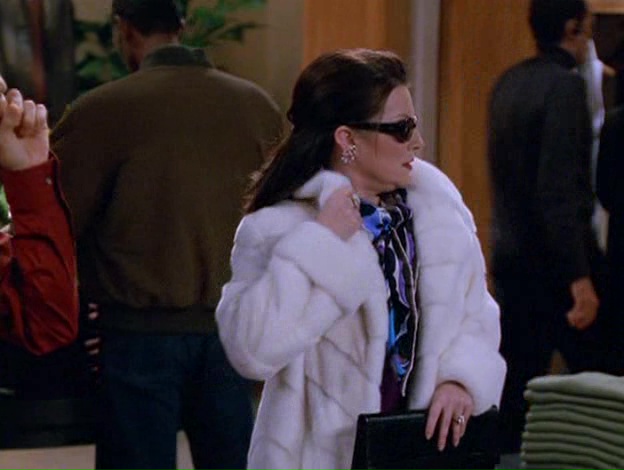Forbidden City - Sunday's Post had a good frontpage article putting recent terror-inspired DC street closures in historical perspective. The basic point is that the District has lost miles from its original streetscape a little bit at a time, but that things have accelerated in recent years. A good example is the history of closures around the White House, down the block from my office. The first nearby road was shut down in World War I. Other roads came later, though the deletion of the 1500 and 1600 blocks of Pennsylvania Avenue was successfully resisted until Timothy McVeigh's OKBOMB. Finally, 9-11 hysteria resulted in the erasing of E Street by the Ellipse. Now security honchos are considering expanding the no-drive zone again.
Then there is Capitol Hill. Maybe because there's also so much construction going on up on the Hill these days, the whole area sometimes really feels quite unwelcoming. I'm pleased that when Ben and Kevin visited for the Millenium March we were able to reach the West Portico of the Capitol and take some photos looking down the Mall and over the assembled marchers. Little did we know then that gaining access to that view would soon be impossible.
Between the White House and Congress, significant pieces of the Washington cityscape have become no-man's land. The traffic bottlenecks created by recent ad hoc closures are a real pain, since city planners intended for major arteries to thread through these spaces, and there's no ready way to reroute the flow. I've got an idea: if truck bombs have made so many local sites indefensible, how about if the Feds pay for enough Metro lines into the city that we can just get around on foot?


<< Home